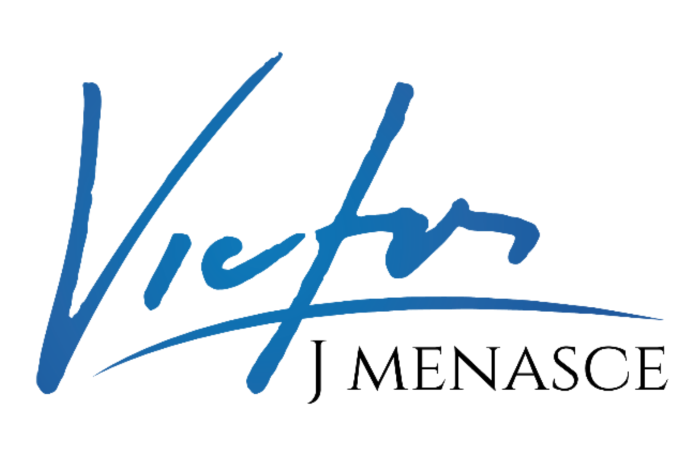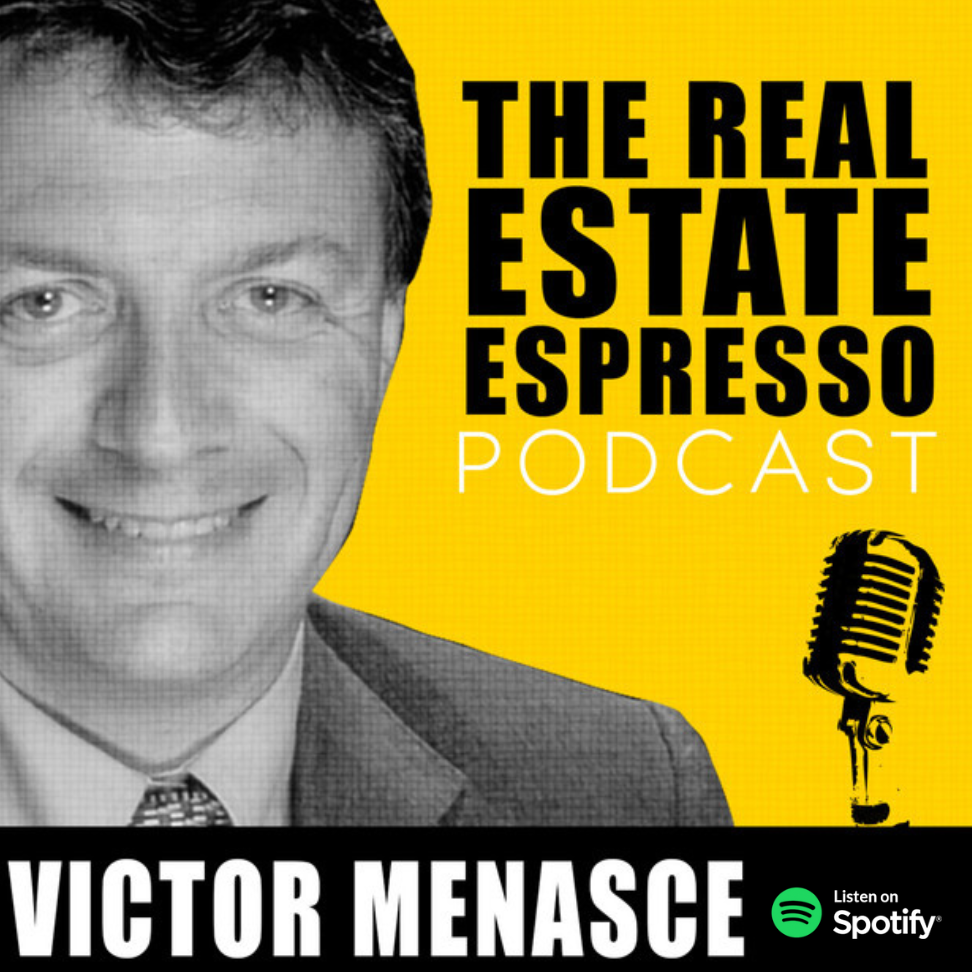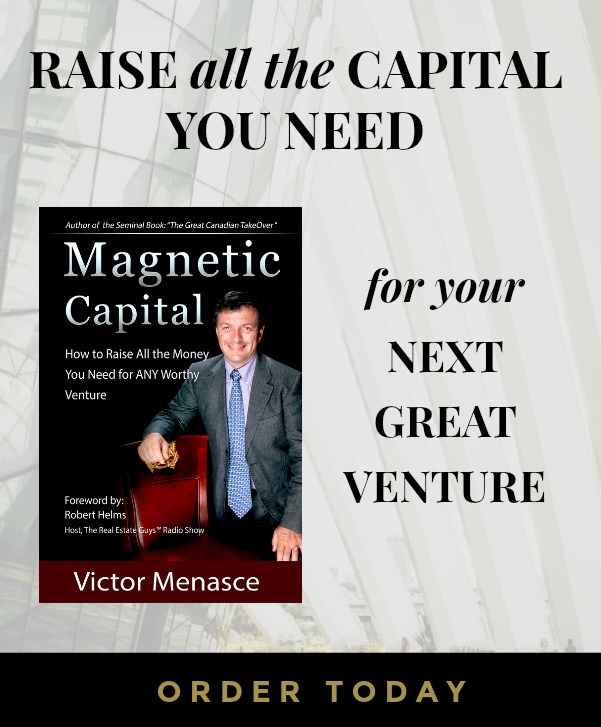When Change Becomes Too Much
Welcome to the Real Estate Espresso Podcast, your morning shot of what’s new in the world of real estate investing. I’m your host, Victor Menasce. On today’s show, we’re looking at change management. My goal in today’s episode is not to get political. I’m sharing what I’ve learned about managing change and how it might explain what we’re seeing and what we’re experiencing in our daily lives.
Early on in my career as a leader in the tech industry, I took a whole bunch of courses on leadership. One of the courses in my management training was on change management. The idea was that leaders need to become skilled at leading people through change, and the change doesn’t magically happen. There’s a psychology to managing change and if you ignore it, you’re likely to fail at implementing change.
You can divide people into four waves when it comes to embracing change. The first group are the mavericks. These are the first to make any change or to adopt a new technology. They maybe represent a very small percentage of the population depending on the nature of the change. Next come the early adopters. Then come the show-me types; those who represent the silent majority. And then finally the laggards, who will only embrace the change kicking and screaming when there’s no alternative.
The early adopters won’t jump in until the mavericks have proven the feasibility and the show-me types will only jump in after the early adopters are sufficient in number to create the social proof. Finally, there are those who will resist change kicking and screaming. It’s a fact that there tend to be people from all four of these groups at all levels in our society ├── some are business owners, some are factory floor workers. There are people from all four of these groups at all levels. Leaders tend to be more represented in the maverick and early adopter group, but that’s not a hard and fast rule.
Now, it is important to know that you can reach a change saturation point. I went through an experiential exercise in a class where each person was asked to perform the exercise. We were asked to change one thing about our appearance. As you can imagine, this kept going on for several minutes, and with each new request there were louder and louder noises and protests coming from the classroom. Eventually, people reached a saturation point and they started to rebel against the exercise altogether. They would eventually disconnect. The change simply became too much.
This exercise taught me some powerful lessons about change management. First, the first few changes could easily happen with very little resistance. These first few changes were almost free and they were met with almost no opposition. Second, changes became more expensive emotionally over time. Then, people will grumble before they hit the brakes and saturation happens suddenly. The early warning signs should be paid attention to. Finally, there was no reason for the participants to be engaged in the exercise. There was no financial gain, and there was no incentive.
When we draw the parallel to what’s happening in our political world, Donald Trump has implemented a lot of changes since taking office. Many of these changes have had very little consequence to the public at large. His unpredictable international trade policies are subjecting people to change, which will eventually build resistance to further change from people who are not directly part of the negotiation. If those same people have expended some of their ability to handle change on things that don’t affect them directly, then their resilience and their ability to handle further change for real is going to be diminished and that’s not a good thing.
So if you find yourself experiencing resistance to change, pay close attention to what might be at the root of that resistance. Ask yourself if it’s fatigue that’s causing the resistance or if the changes are really that much of an obstacle. As you think about this, have an awesome rest of your day, go make some great things happen. We will talk again tomorrow.
Stay connected and find out more about my work in real estate by visiting and following me on various platforms:
Real Estate Espresso Podcast:
- 🎧 Spotify: The Real Estate Espresso Podcast
- 🌐 Website: www.victorjm.com
- 💼 LinkedIn: Victor Menasce
- 📺 YouTube: The Real Estate Espresso Podcast
- 📘 Facebook: www.facebook.com/realestateespresso
- 📧 Email: podcast@victorjm.com
Y Street Capital:
- 🌐 Website: www.ystreetcapital.com
- 📘 Facebook: www.facebook.com/YStreetCapital
- 📸 Instagram: @ystreetcapital



